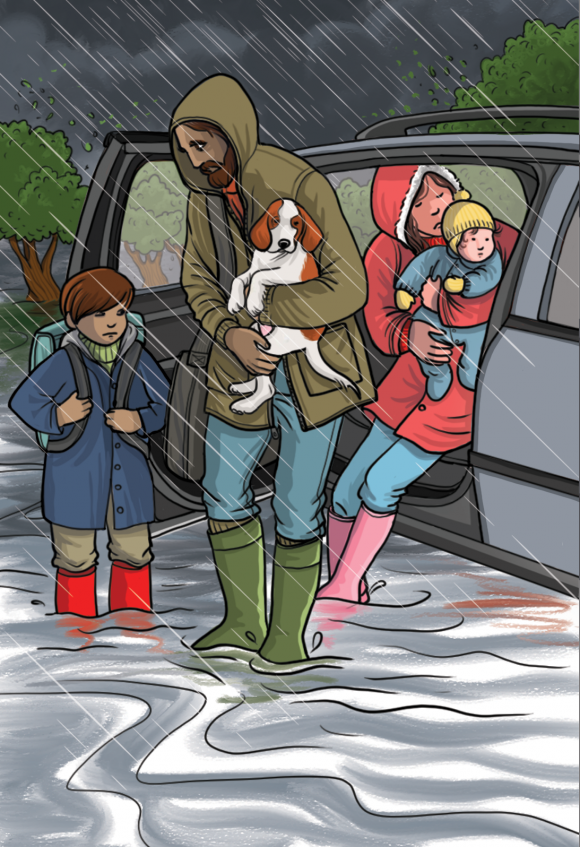Personal responses to a warming planet – what can our household do?

Climate change is already impacting our local ecosystems and human communities in Waitaha/Canterbury, with future projections of worse storms, floods and droughts happening more often, sea level continuing to rise, and changes in the diversity of plants and animals in our region. See this link for Environment Canterbury's summary: https://itstimecanterbury.co.nz/what-we-are-expecting
It’s easy to see climate change as an issue that’s too big for one person to make a difference. However, many people making little changes in their everyday lives can make a big, combined contribution to a solution. It can help us both adapt to climate change impacts and reduce our damaging carbon emissions.
The main contributors to the carbon footprint of New Zealand households, from release of carbon dioxide (and other ‘greenhouse gases’ which warm the planet) are 37% from transport emissions, 24% from food choices, 13% from energy use in the home, and 26% as the balance of other activity including shopping. (data is pre-Covid, from 2019, published by Stats NZ in 2021).
Per person household & everyday emissions average 8.5 tonnes of CO2e. Carbon dioxide emissions are measured in tonnes – but how much is that in volume added to the atmosphere? See this short video made in the UK to help visualise a tonne of Carbon Dioxide. https://www.youtube.com/watch?v=QgMzCC0uaRM
Personal and household choices do make a tangible difference to emissions, which adds up across the population. This online guide can help you to select actions that can work for you. It is also available as a PDF download, including the same weblinks to external sources.
Some terms explained: ADAPTATION to climate warming is about finding or making resilience to more frequent, stronger weather impacts, ranging from summer heat and drought to winter rain and floods. MITIGATION is about reducing emissions of carbon dioxide (and other 'greenhouse' warming gases) resulting from our activity, so that we contribute less to climate warming. When choices are available this is by increasing the low-emission good and reducing the high emission bad!